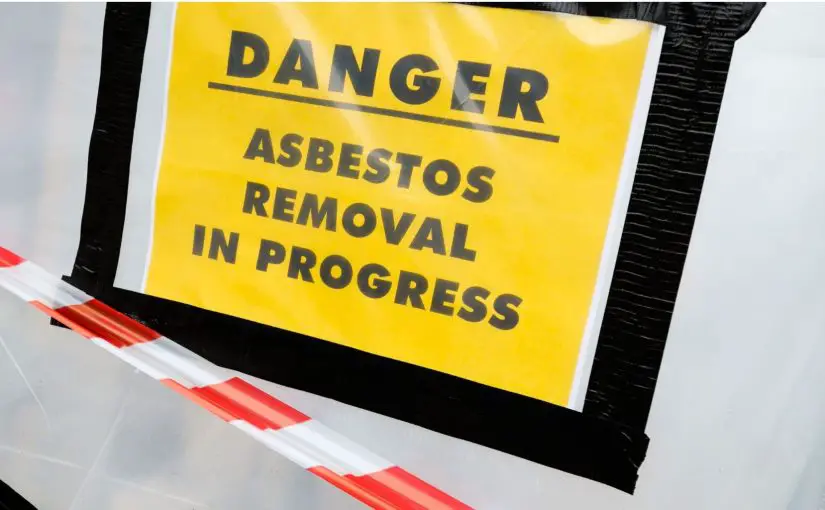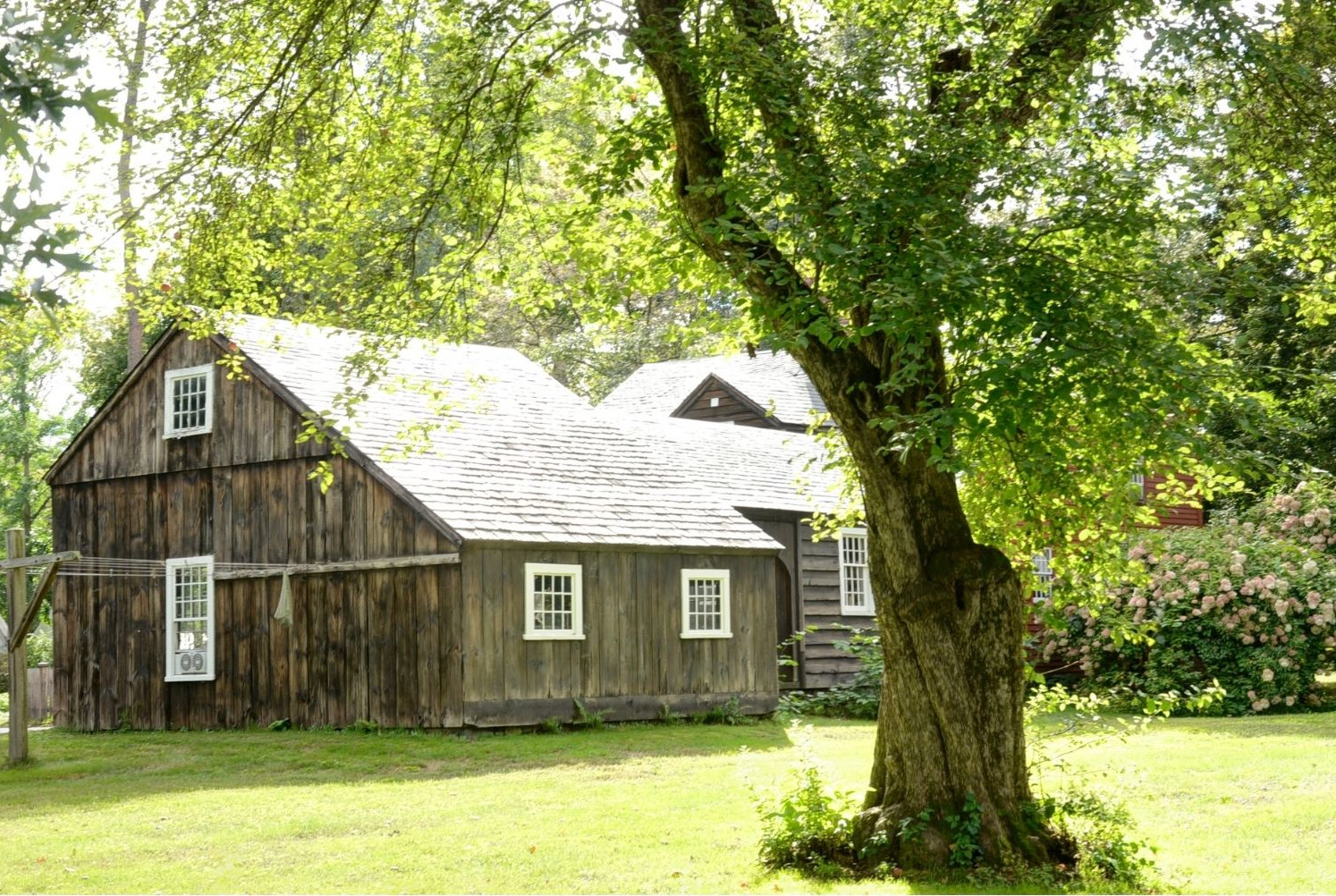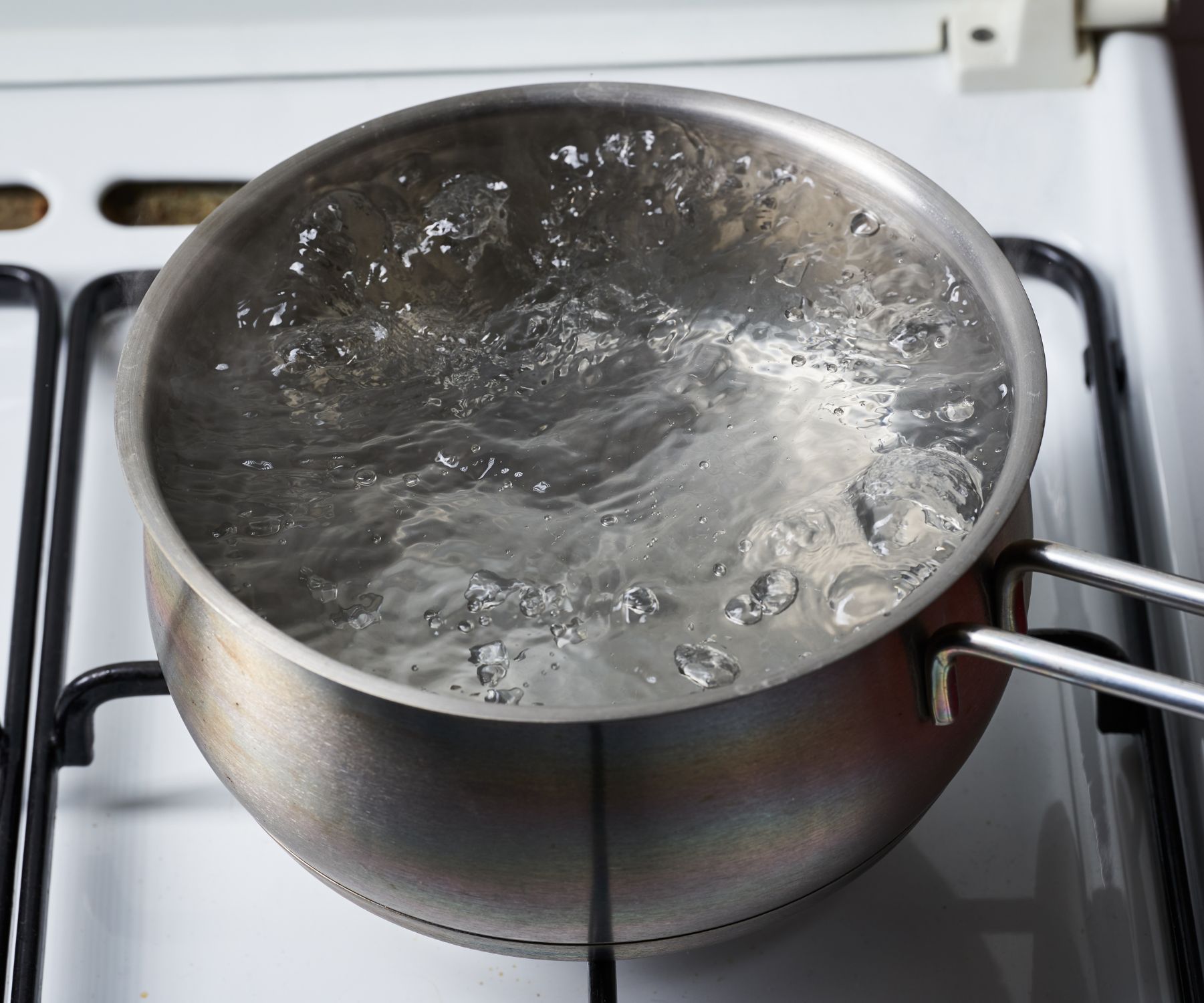Introduction to Ozone Generators: Harnessing the Power of Ozone for Your Space
Welcome to the world of ozone generators, a powerful solution for maintaining clean and fresh air in various environments. But what exactly is an ozone generator, and why is it a valuable tool for your home or business?
What is an Ozone Generator?
An ozone generator is a device designed to produce ozone gas (O3), a molecule composed of three oxygen atoms. Ozone is a natural component of the Earth’s atmosphere, known for its distinctive fresh smell after a thunderstorm. This gas has potent oxidizing properties, which means it can break down pollutants and neutralize odors.
The Utility of Ozone Generators
The power of ozone is harnessed by ozone generators to improve air quality by decomposing odor-causing molecules and other pollutants such as bacteria, viruses, and allergens. It’s an effective tool for:
- Odor Elimination: Removing stubborn smells caused by smoke, pets, cooking, and mildew.
- Air Purification: Reducing airborne contaminants for a healthier breathing environment.
- Sanitization: Disinfecting surfaces and spaces, as ozone can inactivate a wide range of pathogens.
With an ozone generator, you can achieve a level of cleanliness that goes beyond what conventional cleaning methods can offer. However, it’s crucial to use these powerful machines correctly to enjoy their benefits safely.
In this guide, we’ll explore the ins and outs of choosing, using, and maintaining your ozone generator, ensuring you’re equipped to use this remarkable technology effectively and safely.
Join us as we delve into the details that will help you transform the air quality in your space with confidence and ease.
Safety Precautions for Ozone Generator Use
- Understand Ozone: Before operating the device, familiarize yourself with what ozone is and its effects. Ozone is a powerful oxidant that can be harmful to breathe in high concentrations.
- No Occupied Spaces: Never use an ozone generator in occupied spaces. Ensure that people, pets, and plants are out of the room or area being treated.
- Use in Unoccupied Spaces Only: Operate the ozone generator only in unoccupied spaces to avoid exposure to high ozone levels, which can irritate the respiratory system.
- Follow Manufacturer Instructions: Always read and adhere to the manufacturer’s instructions regarding the operation, maintenance, and safety of your ozone generator.
- Proper Ventilation: After using the ozone generator, ventilate the treated area thoroughly before reoccupying it. Ozone dissipates relatively quickly, but it’s essential to ensure the space is safe for return.
- Wear Protective Gear: If you must enter a room shortly after ozone treatment, wear protective gear, such as an ozone-resistant mask and gloves, to minimize exposure.
- Duration and Concentration: Be cautious with the duration and ozone concentration settings. Higher levels and longer durations are not always better and can lead to the formation of harmful by-products.
- Avoid Sensitive Materials: Remove or protect sensitive materials and electronics. Ozone can cause damage to certain rubber and plastic materials over time.
- Keep Away from Fire or Heat Sources: Ozone can react with certain substances and is a strong oxidizing agent, so keep the generator away from fire, flammable gases, and heat sources to prevent reactions or explosions.
- Regular Maintenance: Perform regular maintenance checks and cleanings as recommended by the manufacturer to ensure the machine works correctly and safely.
- Emergency Plan: Have a plan in case of accidental overexposure or malfunctions, including knowing the symptoms of ozone inhalation and having contact information for poison control centers or emergency medical services.
- Respect Ozone Output: Understand the capacity of your ozone generator. Larger spaces may require more potent devices, but always start with the lowest effective setting.
Incorporating these safety precautions into your guide will help ensure that first-time users can operate their ozone generators effectively while minimizing any risks associated with ozone use.
Buying Guide: Selecting the Right Ozone Generator for Home Use
When choosing an ozone generator for your home, several key factors will guide your decision to ensure you select a device that meets your needs effectively and safely. Here’s what to consider:
1. Intended Use
- Air Purification vs. Odor Elimination: Determine if you need the generator primarily for air purification or for strong odor elimination. Some models are better suited for one task over the other.
- Space Size: Consider the size of the space where you plan to use the generator. Devices are rated for different area sizes, measured in square feet or meters.
2. Ozone Output (mg/h)
- The ozone output, measured in milligrams per hour (mg/h), indicates the device’s capacity to generate ozone. Higher output models are necessary for larger areas or more severe odor issues.
3. Safety Features
- Look for models with built-in timers, automatic shut-off features, and adjustable ozone output levels to ensure safe usage.
4. Portability
- If you plan to use the device in different locations, consider its size, weight, and whether it has a carrying handle.
5. Durability and Build Quality
- A robust build quality ensures your ozone generator can withstand regular use over time. Check for warranty information and customer reviews for insight into a product’s longevity.
6. Maintenance and Cleaning
- Understand the maintenance required for each model. Some ozone generators have filters or plates that need regular cleaning or replacement.
7. Noise Level
- Consider the noise level, especially if you plan to use the device in living areas. Some generators operate more quietly than others.
8. Energy Efficiency
- Check the energy consumption, particularly if you plan to use the generator frequently or for extended periods.
9. Manufacturer Reputation and Customer Support
- Choose a product from a reputable manufacturer with reliable customer support. This can be invaluable for troubleshooting and ensuring your device operates correctly.
10. Price and Value
- While price is an important consideration, balance it against the features, durability, and effectiveness of the device. The cheapest option may not always offer the best value in the long run.
11. User Reviews and Feedback
- Reading reviews from other users can provide practical insights into the performance and reliability of different models.
12. Compliance and Certifications
- Ensure the device complies with local regulations and has any necessary certifications, indicating that it meets certain safety and performance standards.
By carefully considering these factors, you can choose an ozone generator that effectively meets your home purification needs while ensuring safety and reliability.
Step-by-Step Guide: Setting Up and Using Your Ozone Generator
Using an ozone generator for the first time can seem daunting, but with these simple steps, you’ll be able to operate your device confidently and safely.
Step 1: Unboxing and Assembly
- Carefully unbox your ozone generator and any accompanying accessories.
- Follow the manufacturer’s instructions to assemble any parts if necessary. This might include attaching a hose or installing filters.
Step 2: Choose the Right Location
- Select an unoccupied space where you want to use the ozone generator. Ensure it’s away from people, pets, and plants.
- Place the device in a central location within the space, ideally elevated on a stable surface, to allow for even distribution of ozone.
Step 3: Prepare the Area
- Remove or cover any sensitive items in the room, such as plants, artwork, or delicate fabrics that might be affected by ozone.
- Ensure all windows and doors are closed to contain the ozone within the space for effective treatment.
Step 4: Plan Your Treatment
- Decide on the duration of the ozone treatment based on the size of the room and the intensity of the odor or contamination. Refer to the manufacturer’s guidelines for recommended settings.
Step 5: Set Up the Device
- Plug in the ozone generator and ensure it’s stable and won’t tip over during operation.
- If your model has a timer, set it according to your planned treatment duration. If not, use an external timer to track the treatment time.
Step 6: Start the Ozone Generator
- Turn on the device using the power switch or button. Some models might have different modes or settings, so select the one appropriate for your needs.
- Quickly exit the room and close the door behind you to avoid exposure to high ozone levels.
Step 7: Let the Ozone Generator Work
- Allow the device to run for the set duration. Ozone generators work best in unoccupied spaces, so ensure no one enters the room during this time.
Step 8: Ventilate After Treatment
- Once the treatment is complete and the device has automatically shut off (or you’ve manually turned it off after the set time), wait for the ozone to dissipate before re-entering the room. This can take 1-2 hours.
- Open windows and doors to air out the room and ensure all ozone has been removed.
Step 9: Post-Treatment Check
- After ventilating the room, enter and check for any remaining odors. The space should smell fresh and clean.
- If the desired result isn’t achieved, consider a second treatment, adjusting the duration or output level as necessary.
Step 10: Maintenance
- After use, perform any recommended maintenance such as cleaning or replacing filters, as per the manufacturer’s instructions.
By following these steps, you can effectively and safely use your ozone generator to purify and deodorize spaces in your home. Always prioritize safety by ensuring the area is unoccupied during treatment and properly ventilated afterward.
Understanding Ozone Generator Output Levels: Applications in Household Scenarios
Ozone generators come with varying output levels, measured in milligrams per hour (mg/h), to cater to different purification needs. Selecting the right output level is crucial for effective and safe ozone use in your home. Here’s a breakdown of different output levels and their appropriate uses in household scenarios:
Low Output (100-500 mg/h)
- Suitable for: Small spaces like bathrooms, closets, or small kitchens.
- Applications: Ideal for eliminating mild odors such as small pet areas, cooking smells, or minor mold and mildew in confined spaces.
- Usage Tips: Short, frequent treatments are effective. Ensure the room is unoccupied during use and ventilate afterward.
Medium Output (500-1,000 mg/h)
- Suitable for: Medium-sized rooms such as bedrooms, living rooms, or medium kitchens.
- Applications: Handles moderate odors from pets, smoking, or cooking. Useful for addressing mold and mildew in larger areas.
- Usage Tips: Moderate duration treatments work well. It’s essential to vacate the area and ventilate thoroughly post-treatment.
High Output (1,000-4,000 mg/h)
- Suitable for: Large spaces like basements, garages, or entire apartments.
- Applications: Effective for severe odor situations including smoke damage, strong pet odors, or significant mold and mildew problems.
- Usage Tips: Longer treatment times may be necessary. Ensure comprehensive ventilation after the treatment and keep the area unoccupied during use.
Very High Output (4,000 mg/h and above)
- Suitable for: Very large or heavily contaminated spaces, commercial applications, or whole-house treatments.
- Applications: Best for extreme conditions such as flood restoration, major biohazard cleanup, or heavy smoke damage.
- Usage Tips: Often used in professional settings or severe cases. Strict safety protocols are necessary, including extended ventilation periods and ensuring no occupancy during treatment.
Selecting the Right Output for Your Needs:
- Assess the Area: Consider the size of the space and the level of contamination or odor intensity.
- Safety First: Higher output levels require more stringent safety measures, including longer waiting periods before reoccupying the space.
- Trial and Adjustment: Start with shorter treatment times and lower outputs, then adjust based on results. It’s better to under-treat and repeat than to over-treat.
- Follow Guidelines: Always refer to the manufacturer’s instructions for recommended settings and safety precautions for your specific model.
Additional Considerations:
- Room Ventilation: More ventilated areas may require higher output levels or longer treatment times due to ozone dispersing more quickly.
- Material Sensitivity: Be aware of materials in your space that might be sensitive to ozone, such as rubber, certain fabrics, and certain types of plants.
- Occupancy: Remember, no matter the output level, rooms should be unoccupied by people, pets, and plants during treatment.
Understanding and choosing the appropriate output level for your specific scenario ensures effective and safe use of your ozone generator, leading to better air quality and a healthier living environment.
Maintaining your ozone generator is crucial for ensuring its longevity and efficiency. Here’s a table outlining essential maintenance tasks and their recommended frequency:
| Maintenance Task | Frequency | Description |
|---|---|---|
| Filter Cleaning/Replacement | After every use | Clean or replace the air filters to prevent clogging and ensure efficient ozone production. |
| Ozone Plate Cleaning | Monthly | Clean the ozone plates with a mixture of warm water and mild detergent, then dry thoroughly. |
| Interior and Fan Cleaning | Every 3-6 months | Dust and debris can accumulate inside the unit and on the fan, affecting performance. |
| Electrical Connections Check | Every 6 months | Inspect for any loose or damaged connections to ensure the unit operates safely. |
| Exterior Cleaning | As needed | Wipe down the exterior with a soft, damp cloth to keep it free from dust and debris. |
| Overall Inspection | Annually | Conduct a comprehensive check of all components for wear and tear or potential issues. |
Notes:
- Always refer to the manufacturer’s manual for specific maintenance recommendations for your model.
- Ensure the ozone generator is unplugged and completely cool before performing any maintenance tasks.
- Use caution when handling ozone plates, as they can be delicate and prone to breakage.
- Regular maintenance not only prolongs the life of your ozone generator but also ensures it operates at peak efficiency, providing optimal air purification and odor elimination.
Introduction to Ozone Generators
Q: Are ozone generators safe to use at home?
A: Yes, when used according to the manufacturer’s instructions and safety guidelines, ozone generators can be safe for home use. It’s crucial to ensure the area is unoccupied during treatment and properly ventilated afterward.
Q: How does an ozone generator differ from an air purifier?
A: Ozone generators produce ozone gas that reacts with and neutralizes pollutants and odors. Traditional air purifiers typically use filters to physically remove particles from the air without producing ozone.
Selecting the Right Ozone Generator
Q: What size ozone generator do I need for my home?
A: The size you need depends on the area you wish to treat and the severity of the problem. Smaller units are sufficient for personal spaces or minor odors, while larger areas or more severe issues may require more powerful units.
Q: Can I use one ozone generator for my entire house?
A: It’s possible with a powerful enough unit, but it’s more effective to treat individual rooms or areas separately to ensure thorough ozone exposure.
Setting Up and Using Your Ozone Generator
Q: How long should I run my ozone generator?
A: The duration depends on the size of the space and the issue you’re addressing. Start with shorter periods as recommended by the manufacturer and adjust based on results.
Q: Can I be in the room while the ozone generator is running?
A: No, it’s unsafe to be in the same room while the generator is active due to the high concentrations of ozone.
Maintenance and Care
Q: How often do I need to clean my ozone generator?
A: It’s recommended to clean the filters after each use and check other components, like the ozone plates, monthly or as per the manufacturer’s guidelines.
Q: What happens if I don’t maintain my ozone generator?
A: Lack of maintenance can lead to reduced efficiency, lower ozone output, and potentially shorten the lifespan of the unit.
Safety Precautions
Q: What are the health risks associated with ozone?
A: High concentrations of ozone can irritate the respiratory system, causing coughing, throat irritation, and difficulty breathing, especially for those with pre-existing respiratory conditions.
Q: Are there any materials or items that should be removed before using an ozone generator?
A: Yes, remove or cover plants, rubber items, and delicate fabrics, as ozone can potentially damage these materials.
Troubleshooting and Tips
Q: What should I do if my ozone generator isn’t producing ozone?
A: Check the power source, ensure the unit is clean, and inspect the ozone plates for damage. If problems persist, consult the manufacturer’s support.
Q: Why does the room still have an odor after using the ozone generator?
A: This could be due to insufficient treatment time, too low ozone output, or the need for additional treatments for stubborn odors.
By including these FAQs in your guide, you’ll provide valuable insights and clarity to beginners, helping them use their ozone generators more effectively and safely.
Ozone Generator Troubleshooting Guide
Encountering issues with your ozone generator can be frustrating. This guide is designed to help you diagnose and resolve common problems, ensuring your device continues to function effectively.
Issue: Ozone Generator Won’t Turn On
- Check the Power Source: Ensure the device is properly plugged in and the outlet is functioning by testing it with another appliance.
- Inspect the Power Cord: Look for any damage or wear that might prevent electricity from reaching the device.
- Review Safety Switches: Some models have safety switches that prevent operation if the unit isn’t assembled correctly. Ensure all parts are securely in place.
Issue: Reduced Ozone Output
- Clean the Ozone Plates: Overtime, ozone plates can accumulate dust or residue, reducing efficiency. Clean them according to the manufacturer’s instructions.
- Check Air Flow: Make sure the air inlet and outlet aren’t blocked by dust or debris. Clean or replace any air filters as needed.
- Consider Environmental Factors: High humidity and temperature can affect ozone production. Try using the generator under different conditions to see if performance improves.
Issue: Unusual Noises During Operation
- Inspect the Fan: Dust or debris in the fan can cause noise. Clean the fan blades and ensure they’re not obstructed.
- Check for Loose Components: Vibrations from loose parts can result in noise. Tighten any screws and ensure all parts are securely fitted.
Issue: Persistent Odors After Treatment
- Increase Treatment Duration: Some odors may require longer treatment times. Extend the duration incrementally to find the optimal time.
- Adjust Ozone Output: If your unit has adjustable output, increase it to ensure sufficient ozone is generated to deal with the odor.
- Multiple Treatments: In some cases, particularly stubborn odors may need several treatment cycles to be completely eliminated.
Issue: Ozone Smell Lingers Too Long After Treatment
- Improve Ventilation: Ensure the treated area is well-ventilated after use. Open windows and doors to expedite ozone dissipation.
- Shorten Treatment Times: Reduce the duration of subsequent treatments to prevent excess ozone buildup.
- Check Room Size Compatibility: Using a generator that’s too powerful for a small space can lead to prolonged ozone presence. Ensure the device’s output matches the room size.
Issue: Device Overheats
- Allow Cooling Periods: If the generator has been running for an extended period, turn it off and allow it to cool down.
- Check Ventilation: Poor ventilation can lead to overheating. Ensure the device’s vents are clear and the unit is not placed near heat sources.
Issue: Electrical Problems or Sparks
- Cease Operation Immediately: For any electrical issues, including sparks or the smell of burning, turn off and unplug the device immediately.
- Professional Inspection: Contact the manufacturer or a professional electrician to inspect the device. Do not attempt to fix electrical issues yourself.
General Tips
- Always refer to the manufacturer’s manual for specific troubleshooting tips related to your model.
- Regular maintenance and cleaning can prevent many common issues from arising.
- Contact the manufacturer’s customer service for support, especially if your device is under warranty.
This troubleshooting guide covers general issues and solutions. For model-specific problems, consulting the user manual or contacting the manufacturer is recommended.
Using supplementary products or methods alongside ozone generators can enhance air purification and odor elimination efforts in your environment. Here’s a list of complementary solutions:
1. HEPA Air Purifiers
- Description: High-Efficiency Particulate Air (HEPA) purifiers capture up to 99.97% of airborne particles, including dust, pollen, and other allergens, as small as 0.3 microns.
- Use with Ozone Generators: While ozone generators target odors and microorganisms, HEPA purifiers can remove physical particles, providing a comprehensive air cleaning solution.
2. Activated Charcoal Filters
- Description: Activated charcoal filters are known for their ability to absorb odors, chemicals, and gases due to their porous nature.
- Use with Ozone Generators: These can be used to continuously absorb residual odors and chemicals that ozone treatments may not fully eliminate.
3. Ultraviolet (UV) Light Systems
- Description: UV light systems can kill bacteria, viruses, and other pathogens by damaging their DNA, offering a chemical-free method of disinfection.
- Use with Ozone Generators: UV light systems complement ozone generators by providing an additional layer of sanitization, particularly effective against microorganisms.
4. Essential Oil Diffusers
- Description: Essential oil diffusers release natural oils into the air, which can provide a pleasant aroma and have mild antibacterial properties.
- Use with Ozone Generators: After an ozone treatment, essential oils can help maintain a fresh-smelling environment and offer a natural scent.
5. Ventilation and Air Circulation
- Description: Proper ventilation and air circulation help reduce indoor air pollutants by bringing in fresh air and diluting and removing indoor air contaminants.
- Use with Ozone Generators: Enhancing ventilation can speed up the dissipation of ozone after treatment and continuously improve indoor air quality.
6. Humidity Control
- Description: Dehumidifiers and humidifiers help maintain an ideal indoor humidity level, discouraging the growth of mold and mildew.
- Use with Ozone Generators: Managing humidity levels can prevent odor-causing mold and mildew growth, complementing the odor elimination efforts of ozone generators.
7. Indoor Plants
- Description: Certain indoor plants can naturally purify the air by absorbing toxins and producing oxygen.
- Use with Ozone Generators: While ozone generators address acute air quality issues, indoor plants provide a continuous, passive method of air purification.
8. Baking Soda
- Description: Baking soda is a natural odor absorber and can be used in various areas around the home, including refrigerators, carpets, and trash cans.
- Use with Ozone Generators: For mild odor issues or as a maintenance measure, baking soda can absorb lingering smells without the need for an ozone generator.
Combining these methods with the use of an ozone generator can lead to a more holistic approach to air purification and odor elimination, addressing a wider range of air quality issues and contributing to a healthier living or working environment.



 Ozone Dissipation in Specific Environments
Ozone Dissipation in Specific Environments Technological Aspects of Ozone Generators
Technological Aspects of Ozone Generators OdorFree Villa 3000 Ozone Generator for Eliminating Odors, permanently removing Tobacco, Pet and Musty Odors at their Source – Easily Treats Up To 3000 Sq Ft
OdorFree Villa 3000 Ozone Generator for Eliminating Odors, permanently removing Tobacco, Pet and Musty Odors at their Source – Easily Treats Up To 3000 Sq Ft
 Ionizer air purifier dangers
Ionizer air purifier dangers




 A humidifier begins to emit moisture immediately upon activation, but the time to significantly alter a room’s humidity levels varies based on factors like humidifier capacity, room size, and initial humidity.
A humidifier begins to emit moisture immediately upon activation, but the time to significantly alter a room’s humidity levels varies based on factors like humidifier capacity, room size, and initial humidity. Introduction: The Three-Sneeze Warning and Our Humidifier Fix
Introduction: The Three-Sneeze Warning and Our Humidifier Fix Choosing the Right Type for Your Needs
Choosing the Right Type for Your Needs

 Preventing Asbestos Exposure
Preventing Asbestos Exposure
 Fan Mode symbol is simply a fan. The fan mode on an AC when set to the “on” position runs the AC fan continuously even when the compressor is off.
Fan Mode symbol is simply a fan. The fan mode on an AC when set to the “on” position runs the AC fan continuously even when the compressor is off. Auto mode on the AC, when set to the “on” position turn the fans on automatically when the AC is is in cooling mode.
Auto mode on the AC, when set to the “on” position turn the fans on automatically when the AC is is in cooling mode.

 Heat Mode on a AC is represented by the Sun.
Heat Mode on a AC is represented by the Sun.

 Ion mode on an AC turns on a built-in ionic air purifier that disperses plasma ions( ions that have both a negative and a positive polarity) throughout your home.
Ion mode on an AC turns on a built-in ionic air purifier that disperses plasma ions( ions that have both a negative and a positive polarity) throughout your home. The Tree symbol on a AC remote is Health Mode. Health mode on an AC is similar to ion mode.
The Tree symbol on a AC remote is Health Mode. Health mode on an AC is similar to ion mode. Swing mode is a setting on some
Swing mode is a setting on some 

 How Window Air Conditioners Use Outdoor Air
How Window Air Conditioners Use Outdoor Air Choosing the Right Air Conditioner for Your Space
Choosing the Right Air Conditioner for Your Space
 Solutions for a Healthier Indoor Environment
Solutions for a Healthier Indoor Environment




